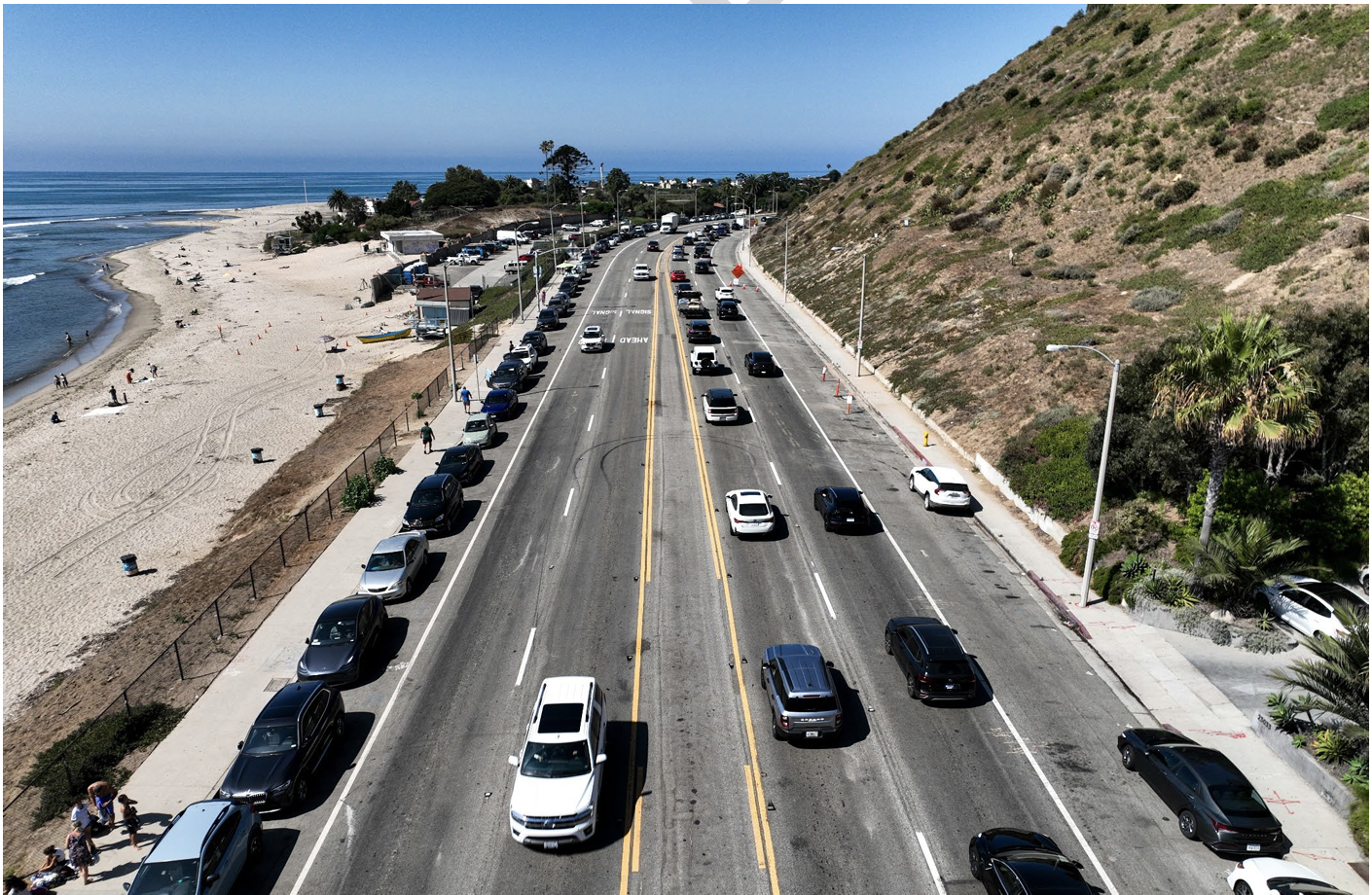Of the 46 recently-announced TIGER grant recipients, 18 projects had at least a "substantial freight component," according to the Coalition for America’s Gateways and Trade Corridors. Over $232 million -- 45 percent -- of this latest round of the popular transportation funding program will go to freight projects. That's a very impressive share, considering that traditional federal funding mechanisms tend to neglect freight.
"This type of competitive grant program can fulfill a need in transportation funding and planning that isn't being met by other types of approaches -- like straight-up formula programs," said CAGTC Executive Director Leslie Blakey. "These projects won't qualify on a typical Title 23 formula fund, partly because of their multimodal nature and partly because they are cross-jurisdictional."
Sure enough, CAGTC has pointed out that freight projects fared well in the first two rounds of the program as well. Over $1.3 billion -- 49 percent of TIGER I and 53 percent of TIGER II -- has gone to freight projects.
However, even though freight and rail both fared well in TIGER III, freight rail didn't exactly win the day, netting only about a quarter of freight dollars, while the rest went to road, bridge, and port improvements.
That's too bad, especially since plenty of experts -- including the Government Accountability Office and NAFTA's Commission for Environmental Cooperation -- have gone on the record as saying that in order to reduce congestion, improve air quality, and protect the environment, a lot more freight should be moving by rail.
TIGER is not the only pot of money with the potential to dramatically improve freight rail, but it may be the most successful to date. Other rail-specific programs like Railroad Rehabilitation and Improvement Financing (RRIF) loans are still comparatively underutilized, while the TIGER program has had to turn applicants away. "They keep wanting more, clamoring for more," said Blakey. "This is the way to meet certain kinds of needs that are hard to meet in the traditional format."
The $51 million in TIGER III freight rail grants will go to a dozen projects, varying from large port upgrades in Los Angeles and New Orleans to the rehabilitation of a rural freight line in Kansas, saving it from abandonment. Most of the projects would target the sort of “freight bottlenecks” identified by a 2008 Association of American Railroads study [PDF]. Without targeting specific bottlenecks, the logic goes, railroads will be unable to meet rising demand for rail transportation.
America's freight rail system resides primarily in private hands -- a fact that Republicans in Congress often mention in support of the system's superiority over passenger rail. But railroad companies have been receiving plenty of federal funds as part of TIGER, and not just the largest railroads, either. Three Class II regional railroads -- the Pan Am in Massachusetts, the Kyle in Kansas, and the Paducah & Louisville in Kentucky -- will be TIGER III beneficiaries as well.
This is a good sign, since every time a small railroad disappears, local customers are forced to either truck their cargo to the nearest rail depot or all the way to its eventual destination. With these TIGER grants, smaller railroads won't face that threat, meaning less traffic congestion, lower road maintenance costs lower, and cleaner air.






